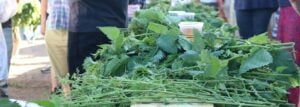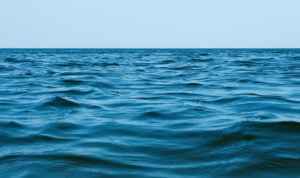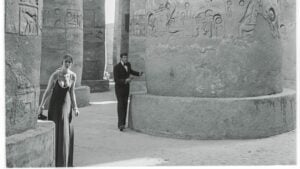Native to Western Australia and primarily found on Rottnest Island and other small islands in the southwest, this smiling little creature is a ‘Quokka’.
In recent years they have become known as the world’s happiest animals, with celebrities and tourists alike flocking to the island to snap a selfie with a quokka.
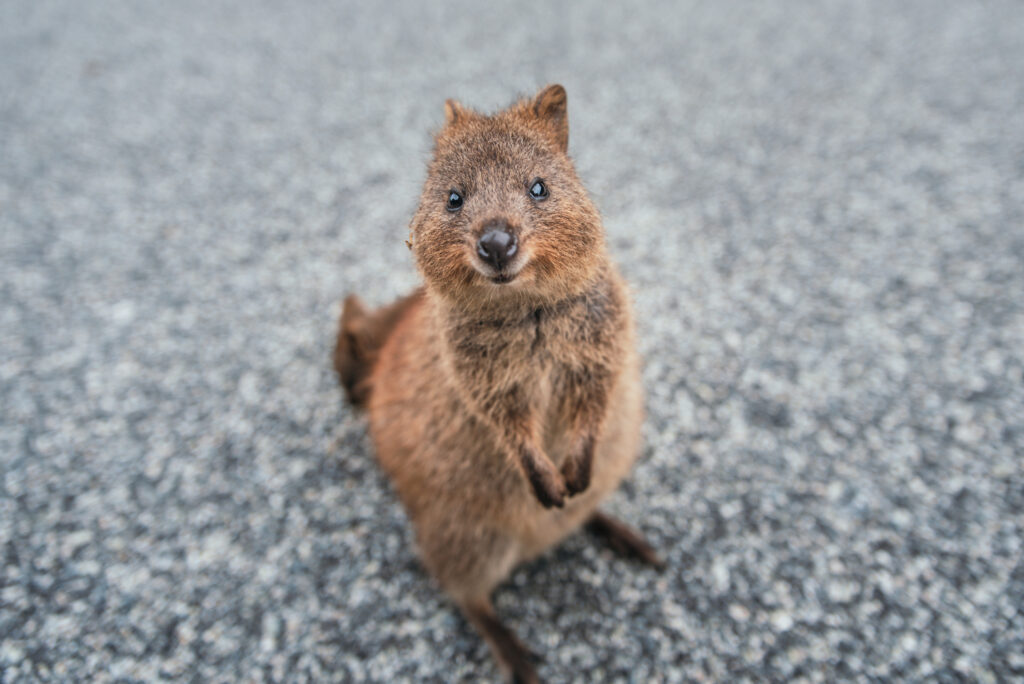
Quokkas are nocturnal marsupials with a life span of approximately ten years. Although they are from the macropod family, like kangaroos and wallabies, quokkas are much smaller, and are typically the same size as domestic cats. They are herbivores and eat plants, shrubs and grasses.
The quokka has a long, rodent-like tail, and early documented sightings of the animal describe them as a giant rat. This is where the Rottnest Island name came from, with Dutch explorers coining it “Eylandt ‘t Rottenest” (Rats’ Nest Island). Their stratospheric rise on the internet has led to increased tourism for the island, where the quokkas are abundant. They are, however, considered a ‘threatened’ species, with just 4,000 or so living on the mainland.
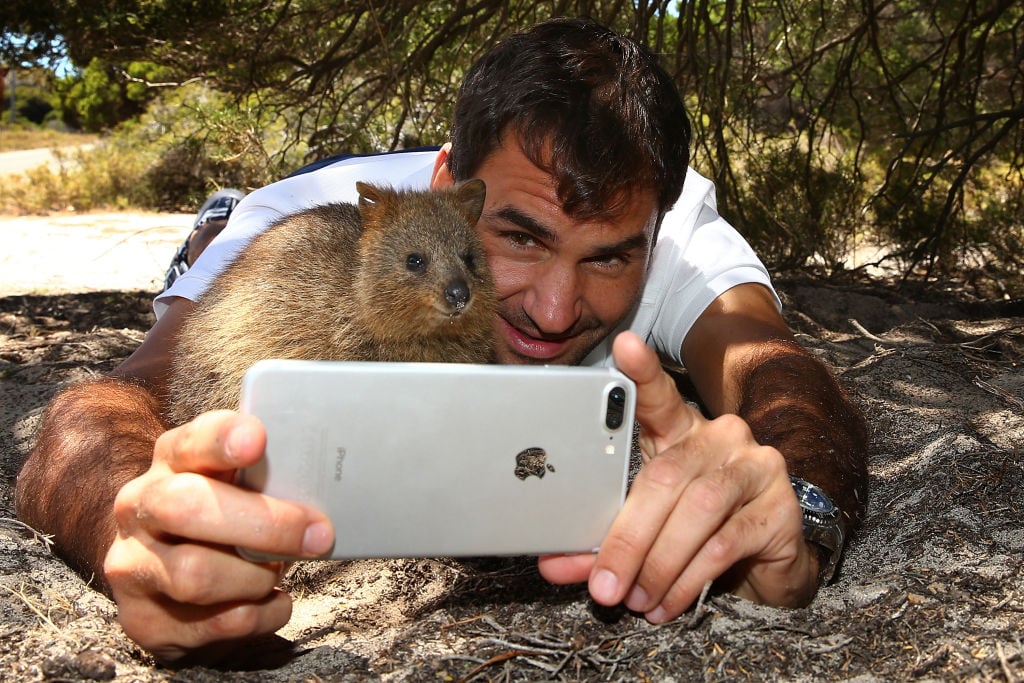
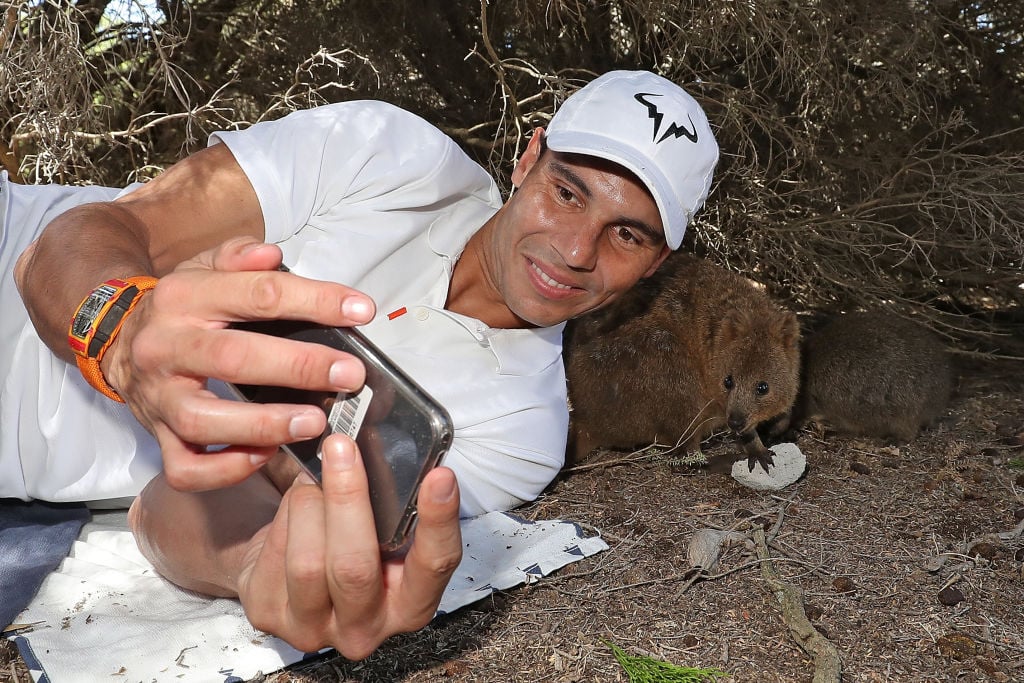
Quokkas live in small groups and spend a lot of time raising their young ones, called ‘Joeys’. Despite living for just a decade, female quokkas produce around 17 joeys during their life, carrying them in their pouch for the first six months. Interestingly, a 2005 study on the mortality and survivorship of quokkas found that when being chased by predators, quokkas can eject their young from their pouch. The joey, which the predator is less interested in, makes a noise on the floor, distracting the predator, while the mother escapes.
Though mainland quokkas have more predators to contend with, snakes are the lone predator on Rottnest Island. On the whole, though, the islands provide a safe environment for quokkas.
Read More: The giant technicolor squirrels living in the forests of India
Their ‘smiles’, sadly, are not smiles in the literal sense. It is just their natural facial structure. Quokkas are confident and approach humans, however, and their little hands are another reason for their viral popularity. While you can get close to the quokkas and grab your selfie, you can’t handle them or feed them human foods, as it can easily make them sick.


